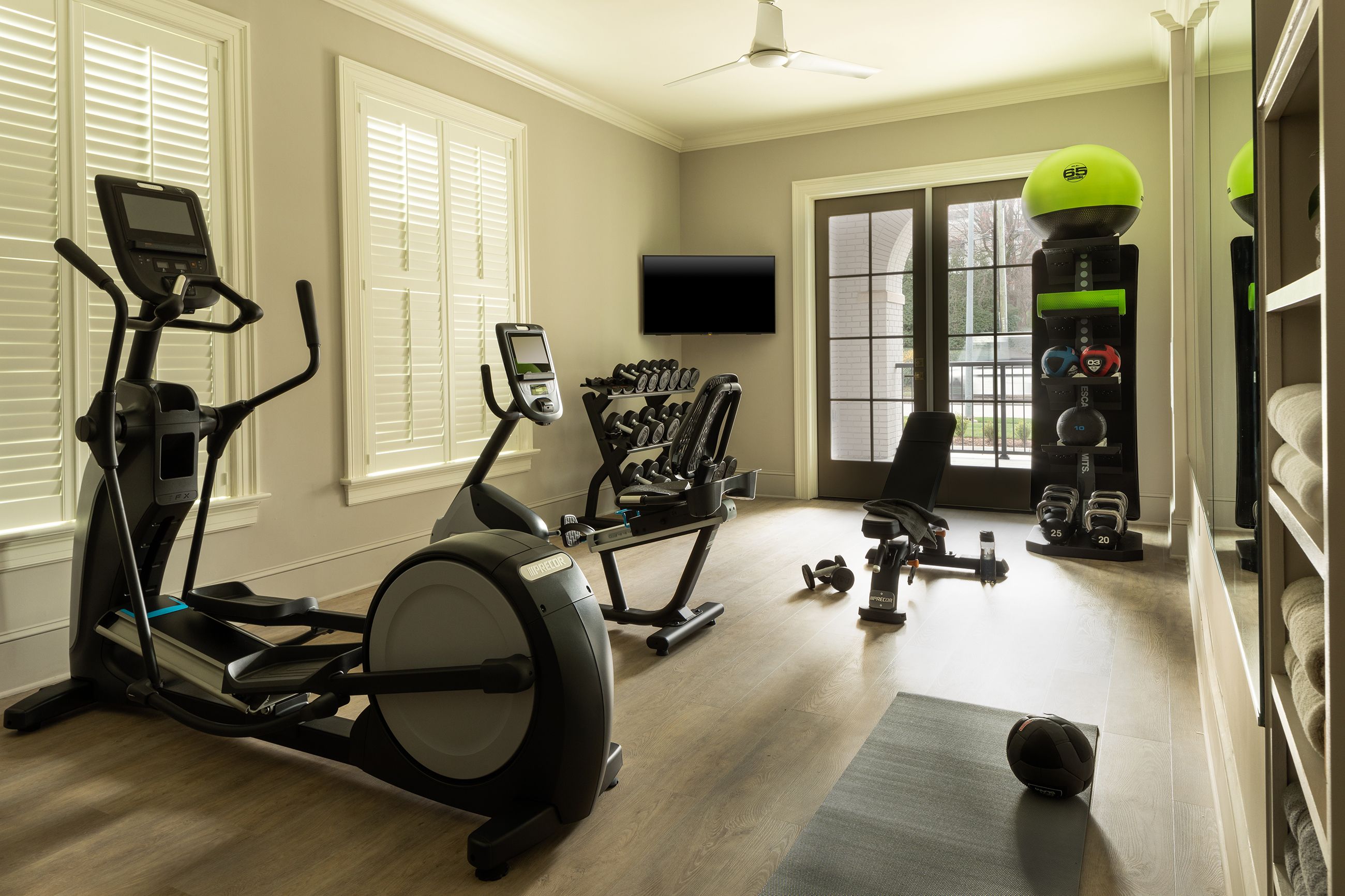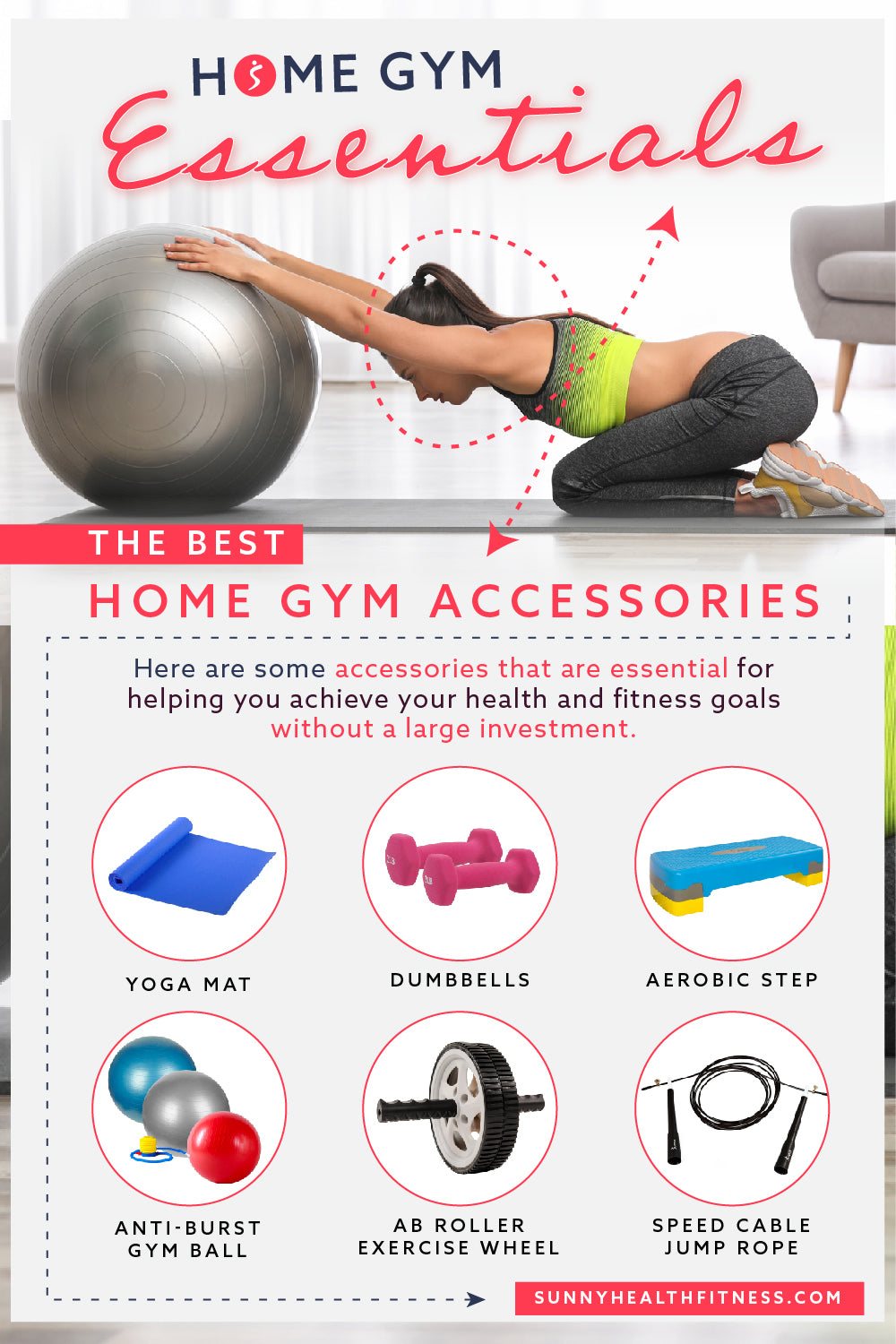Affordable Fitness: How to Build a Home Gym That Won't Break the Bank
Working out at home has become increasingly popular in recent years, and for good reason. Having a home gym offers convenience and cost savings compared to a gym membership. In this article, we'll show you how to build a home gym on a budget.
1.
Determine your fitness goals
If you're
new to fitness or unsure of your goals, consider consulting with a personal
trainer or doing some research to learn more about the benefits of different
types of workouts. Once you have a clear understanding of your goals, you can
then prioritize the equipment you need and create a workout plan that is
tailored to your specific needs.
For example, if your goal is to build strength, you'll want to prioritize purchasing weights, resistance bands, or a weightlifting machine. If your goal is to improve cardiovascular health, you may want to prioritize purchasing a stationary bike, a jump rope, or a rowing machine. Understanding your goals will also help you stay motivated and track your progress over time.
2. Identify
your space
The space
you have available will determine the size and type of equipment you can
purchase. If you have a spare room, you can create a dedicated workout space.
If you have limited space, consider purchasing equipment that can be easily
stored, such as resistance bands or dumbbells.
3.
Prioritize your equipment
Based on
your fitness goals and available space, prioritize the equipment you need. For
example, if your goal is to build muscle, prioritize purchasing weights or
resistance bands. If your goal is to improve cardiovascular health, prioritize
purchasing a jump rope or a stationary bike.
4. Find deals
Look for
deals and sales on equipment. You can find used equipment on websites such as
Craigslist or Facebook Marketplace. You can also find discounted equipment at
sporting goods stores or online retailers. Don't be afraid to negotiate with
sellers to get the best price.
5. DIY equipment
Consider building your own equipment. You can make dumbbells from household items such as water bottles or sandbags. You can also create a workout bench using wood and foam.
6.
Accessories
Don't forget about accessories such as resistance bands, exercise balls, and yoga mats.
These items are often inexpensive and can add variety to your workouts. They can also be easily stored in small spaces.
7.
Maintenance
To ensure
your equipment lasts as long as possible, perform regular maintenance such as
cleaning and oiling. The following serve
as guidance to help prevent damage and extend the lifespan of your equipment.
Weights and
resistance bands can last a long time if they are properly maintained. Here are
some tips for maintaining your weights and resistance bands:
Keep them
clean: Use a damp cloth to wipe down your weights and resistance bands after
each use to remove sweat and dirt. This will help prevent rust and
deterioration.
Store them
properly: Store your weights and resistance bands in a dry, cool place to
prevent them from getting damaged. Avoid leaving them in direct sunlight or in
damp areas.
Inspect
them regularly: Check your weights and resistance bands regularly for signs of
wear and tear. Replace any damaged or frayed bands immediately.
Cardiovascular
Equipment
Cardiovascular equipment such as treadmills, stationary bikes, and ellipticals require more maintenance than weights and resistance bands.
Here are some tips for
maintaining your cardiovascular equipment:
Keep it
clean: Wipe down your equipment after each use with a damp cloth to remove
sweat and dirt. This will prevent the buildup of dirt and dust, which can cause
problems with the machine's moving parts.
Lubricate
regularly: Follow the manufacturer's instructions for lubricating your
equipment. Regular lubrication will help keep the machine running smoothly and
prevent wear and tear on the moving parts.
Check for
wear and tear: Inspect your equipment regularly for signs of wear and tear,
such as worn belts or loose parts. Replace any damaged parts immediately.
DIY
Equipment
If you've
created your own equipment, such as dumbbells made from water bottles or a
workout bench made from wood, it's important to maintain them properly. Here
are some tips:
Keep them
clean: Wipe down your equipment with a damp cloth after each use to remove
sweat and dirt. This will help prevent deterioration and keep your equipment in
good condition.
Check for
wear and tear: Inspect your equipment regularly for signs of wear and tear,
such as loose screws or cracks in the wood. Replace any damaged parts
immediately.
Overall, proper maintenance is key to ensuring your home gym equipment lasts as long as possible. By keeping your equipment clean, storing it properly, and inspecting it regularly for wear and tear, you can extend the lifespan of your equipment and prevent the need for costly repairs or replacements.
Building a home gym on a budget is achievable with the right planning and prioritizing. Determine your fitness goals, identify your space, prioritize your equipment, find deals, DIY equipment, consider accessories, and perform regular maintenance.










Comments
Post a Comment